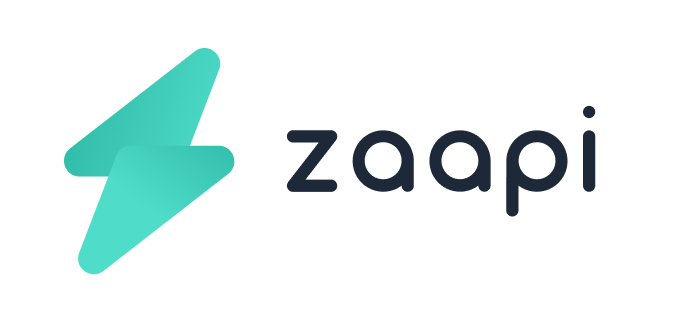
Led end-to-end product research and design execution that transformed Zaapi from a local tool into a regional competitor, successfully achieving product-market fit in Thailand and launching in Singapore, the Philippines, and Malaysia.

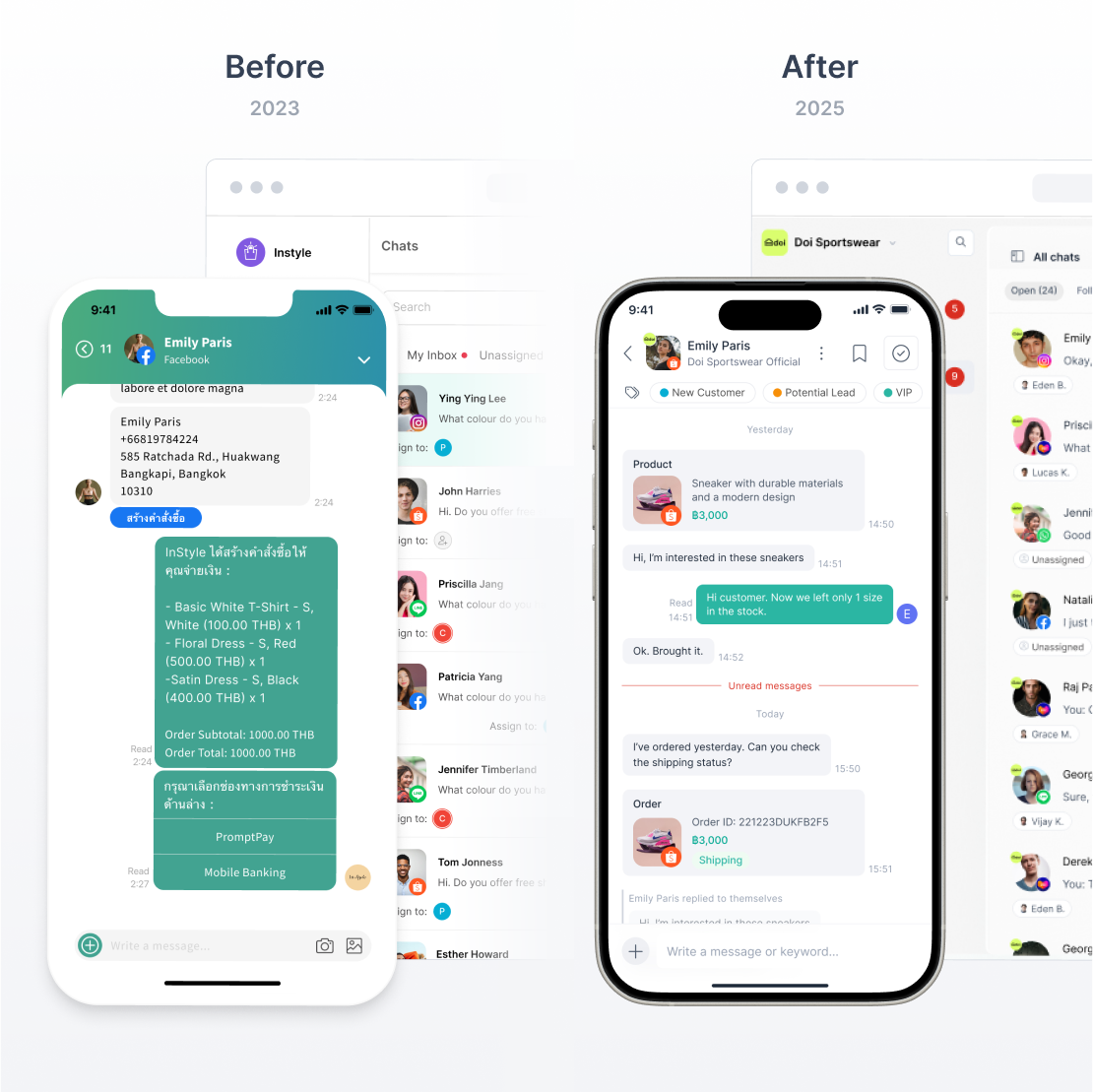
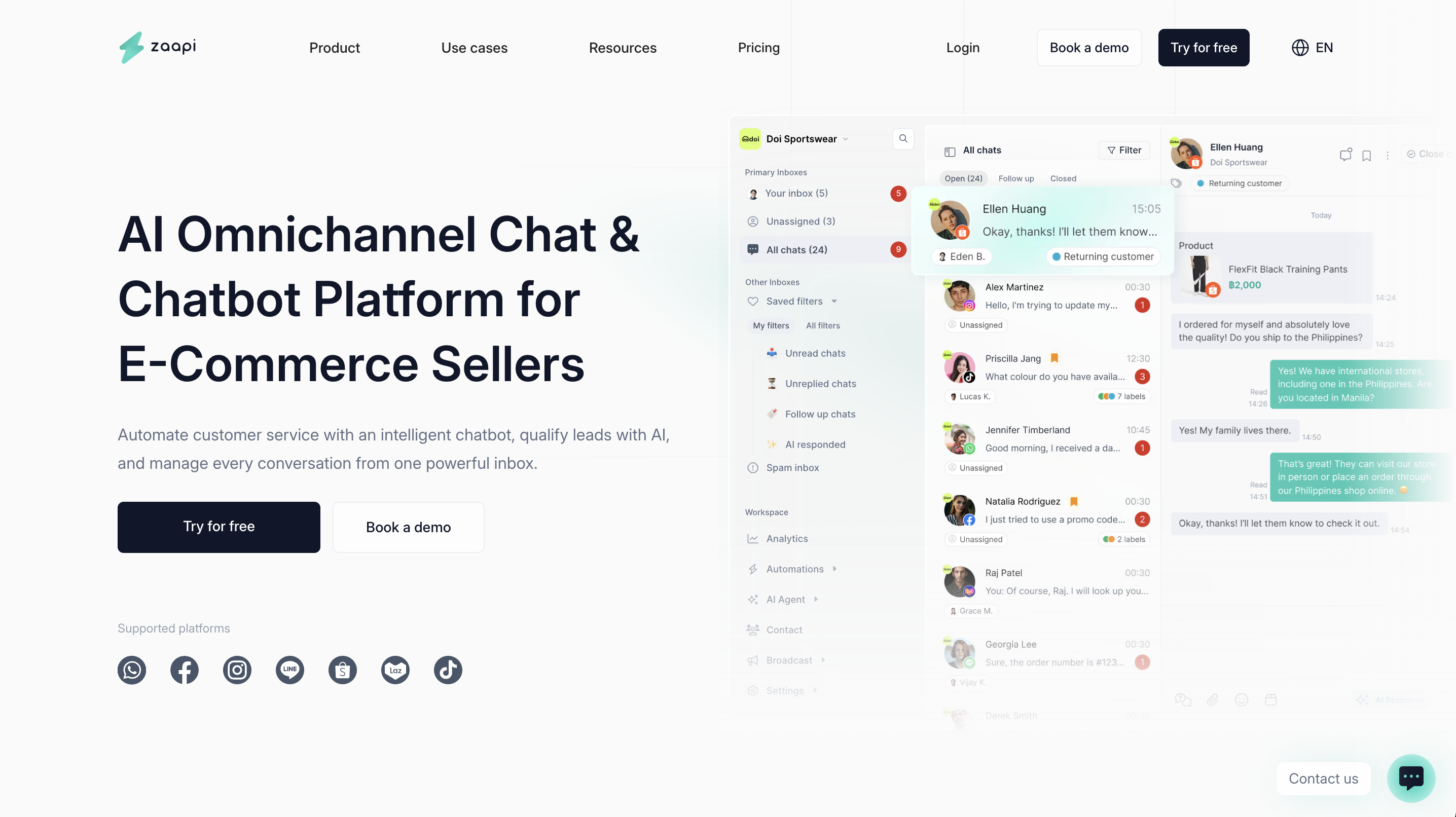
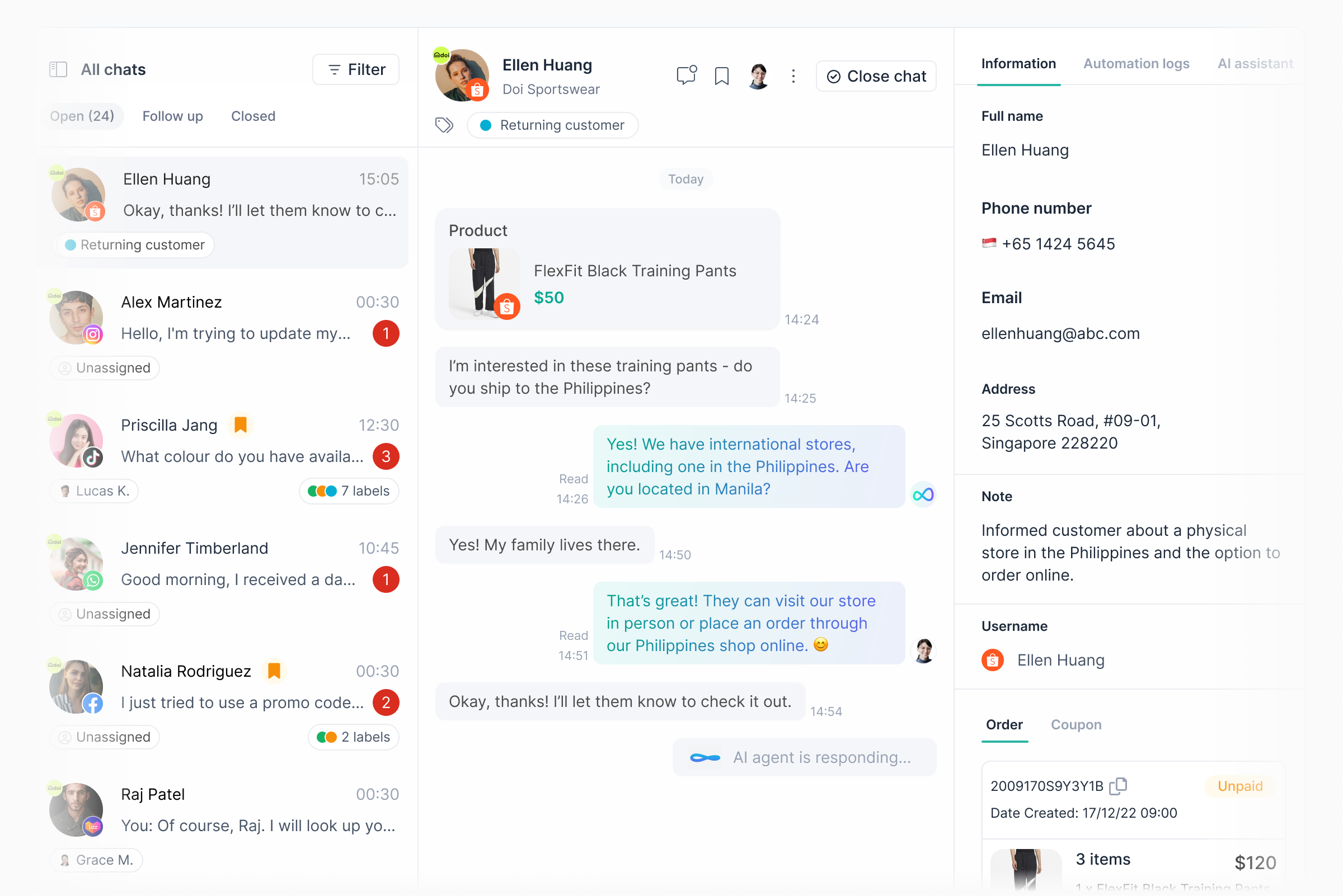
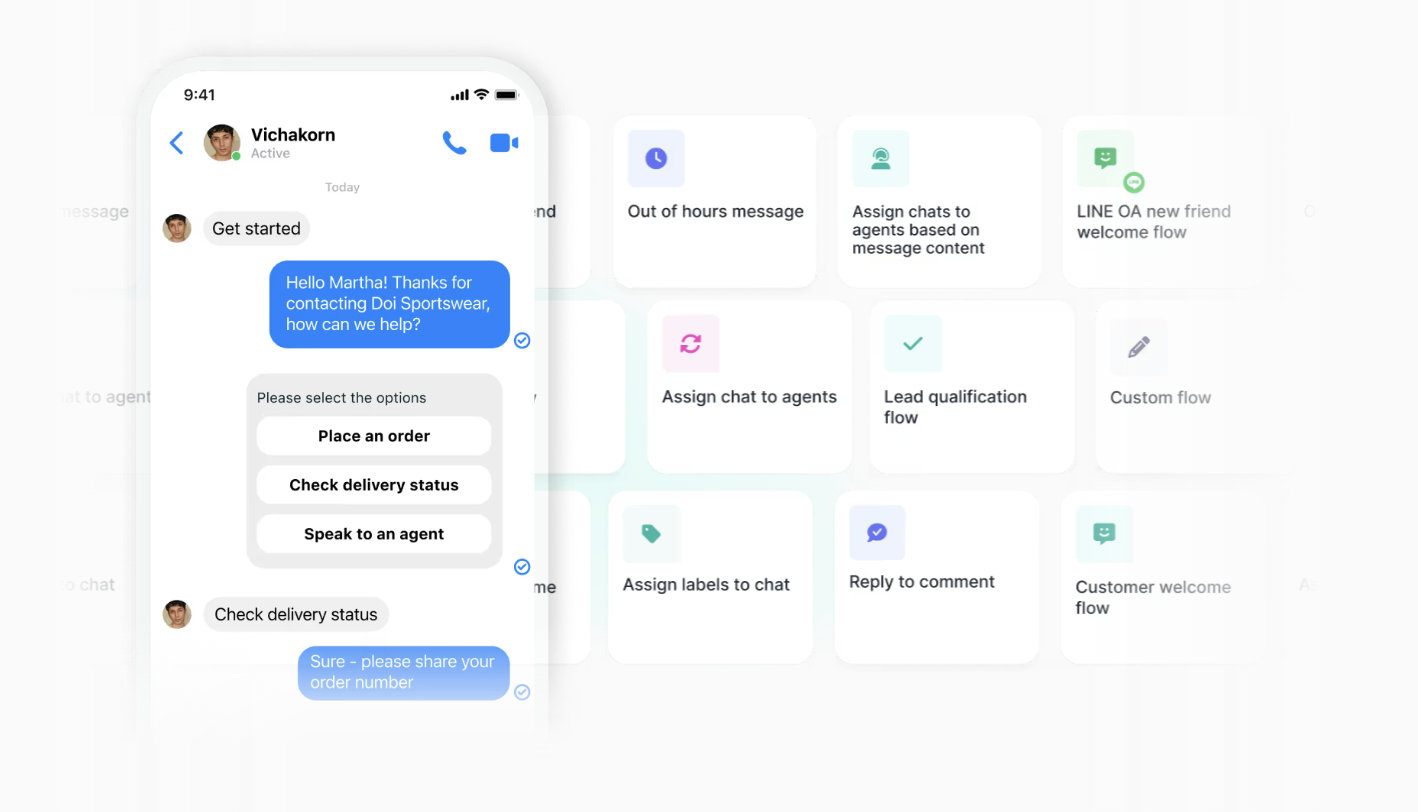
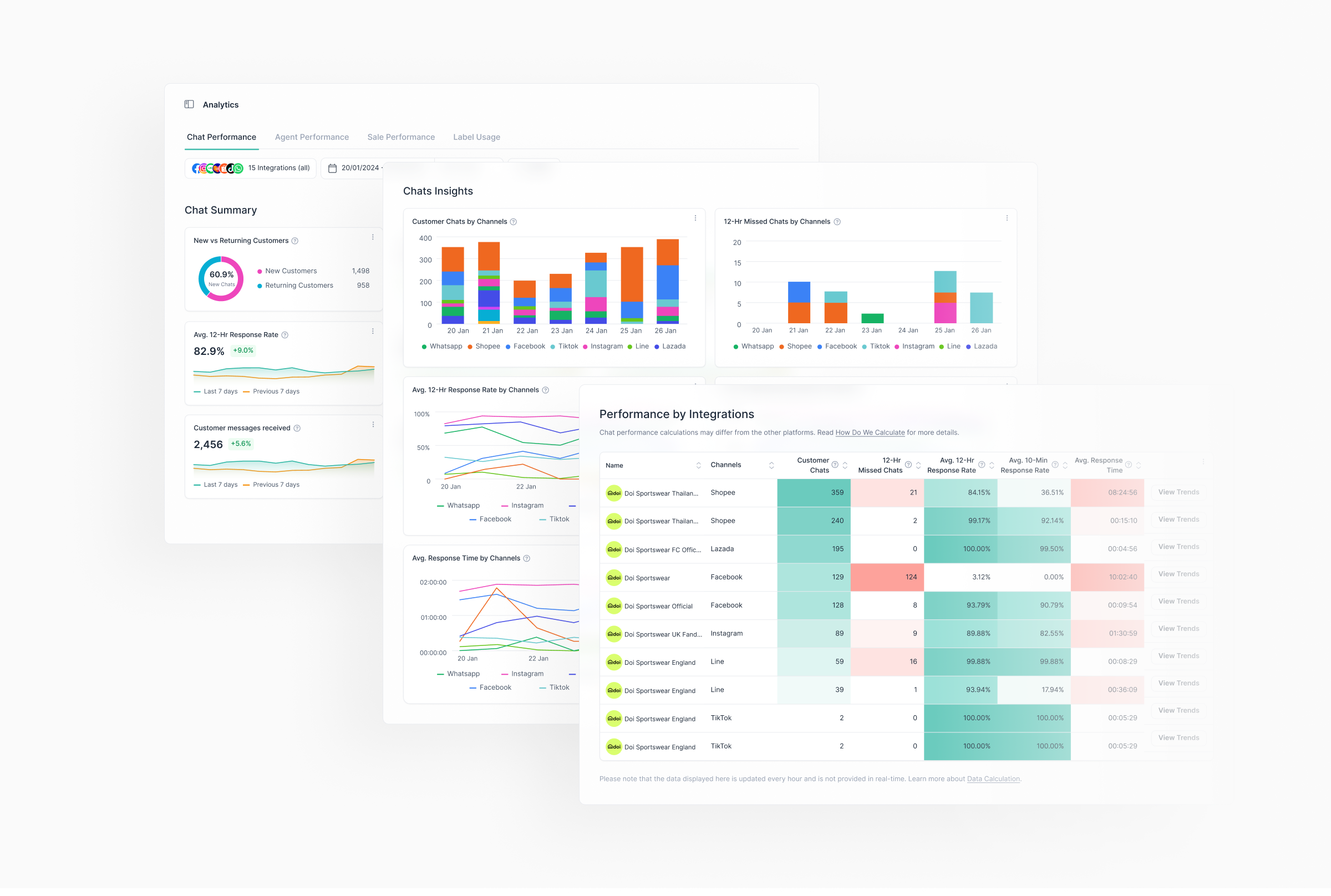
Prove product-market fit in Thailand to unlock revenue stream in Thailand market
Expand Zaapi beyond Thailand into Singapore, the Philippines, and Malaysia
Prove product market fit by increase in ARR and MRR, retention rate, daily active users and number of messages sent within Zaapi
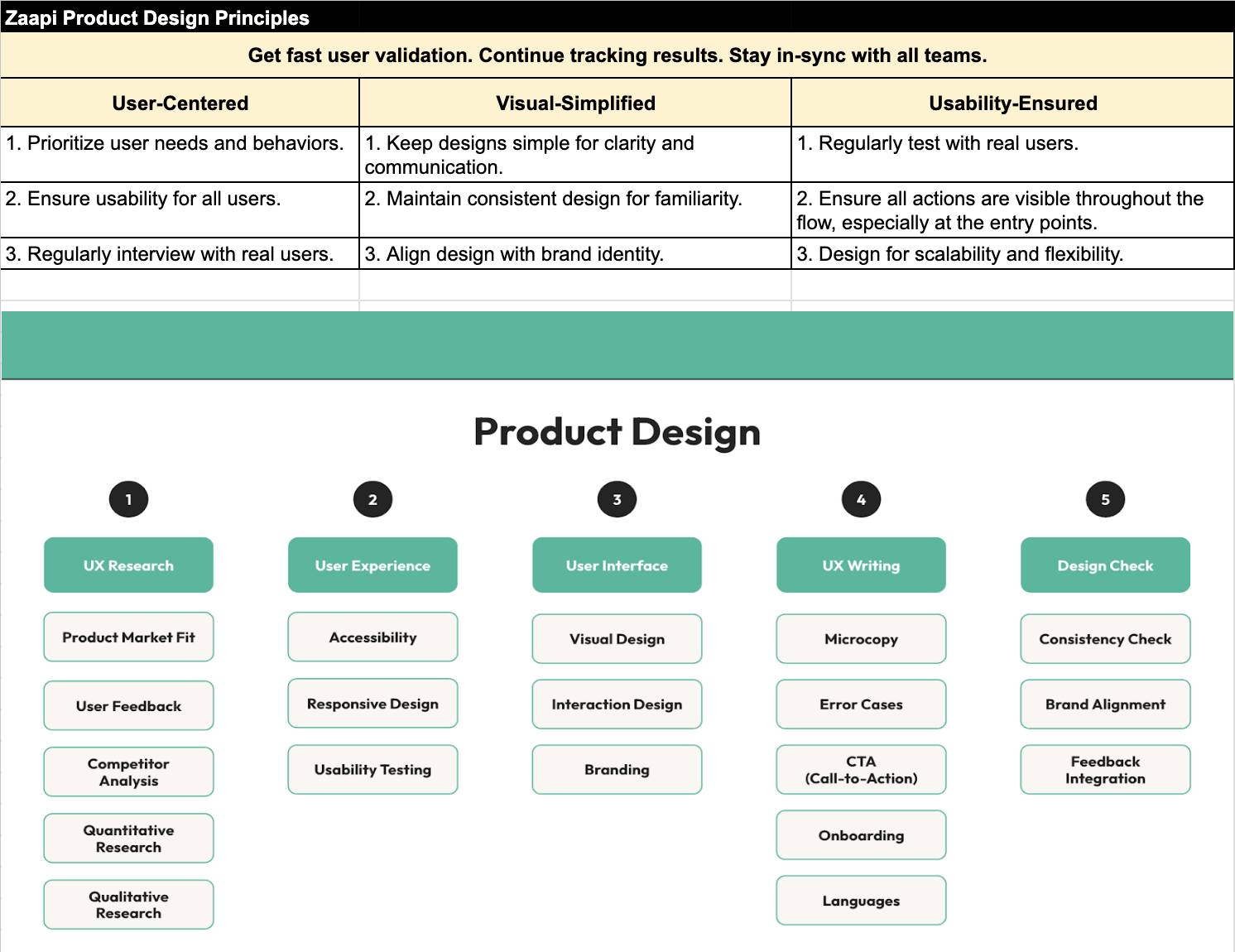
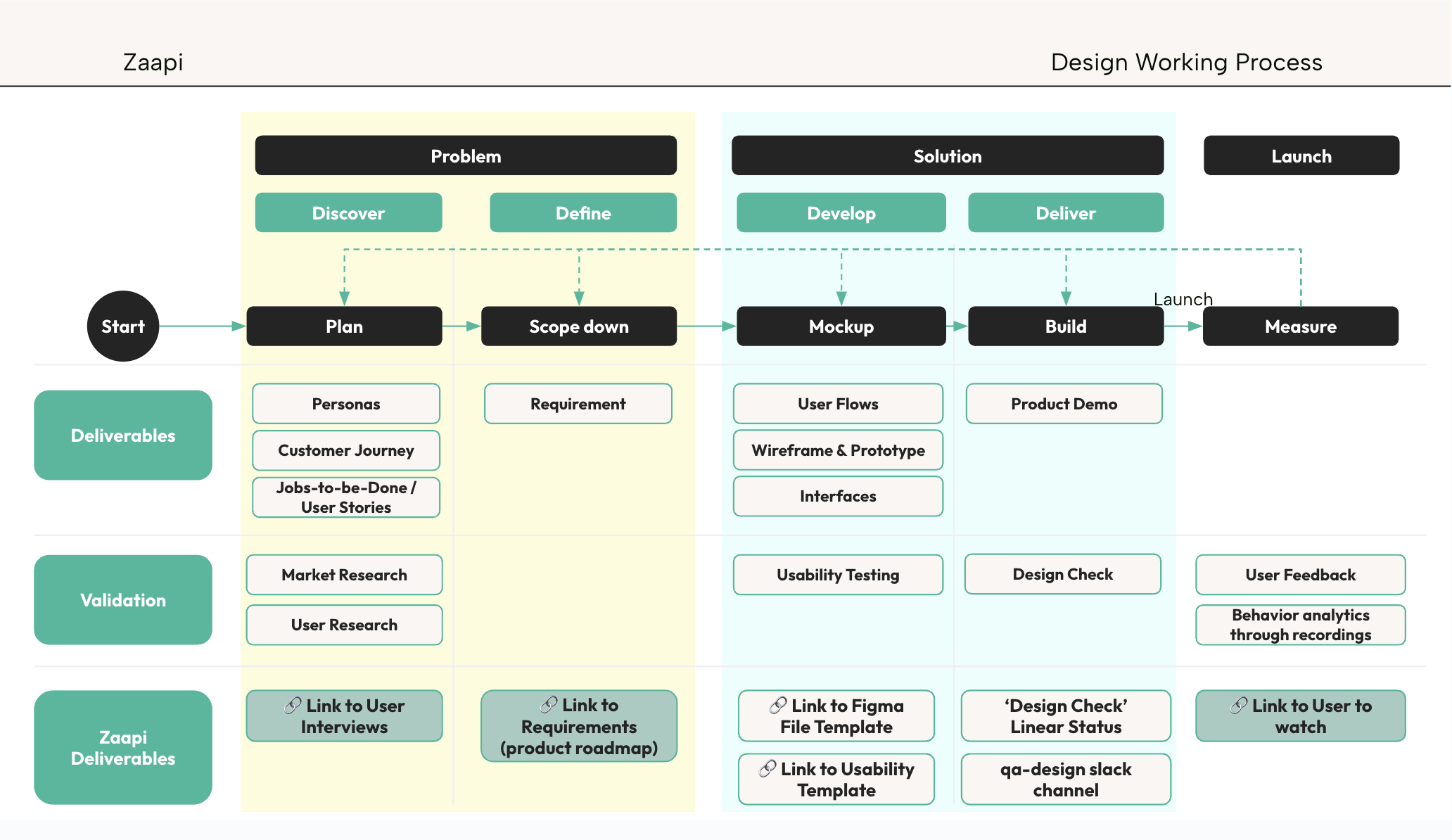
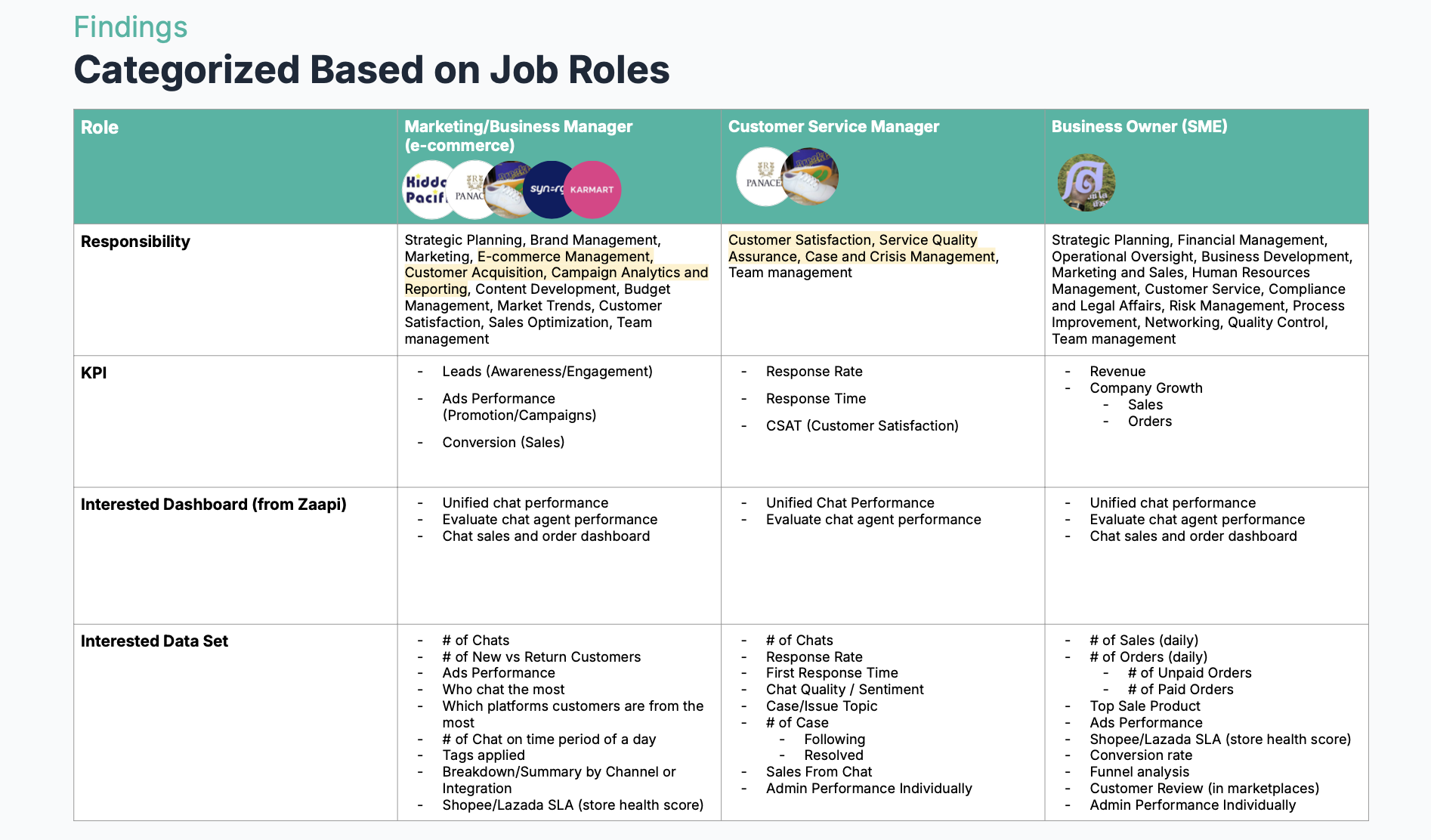
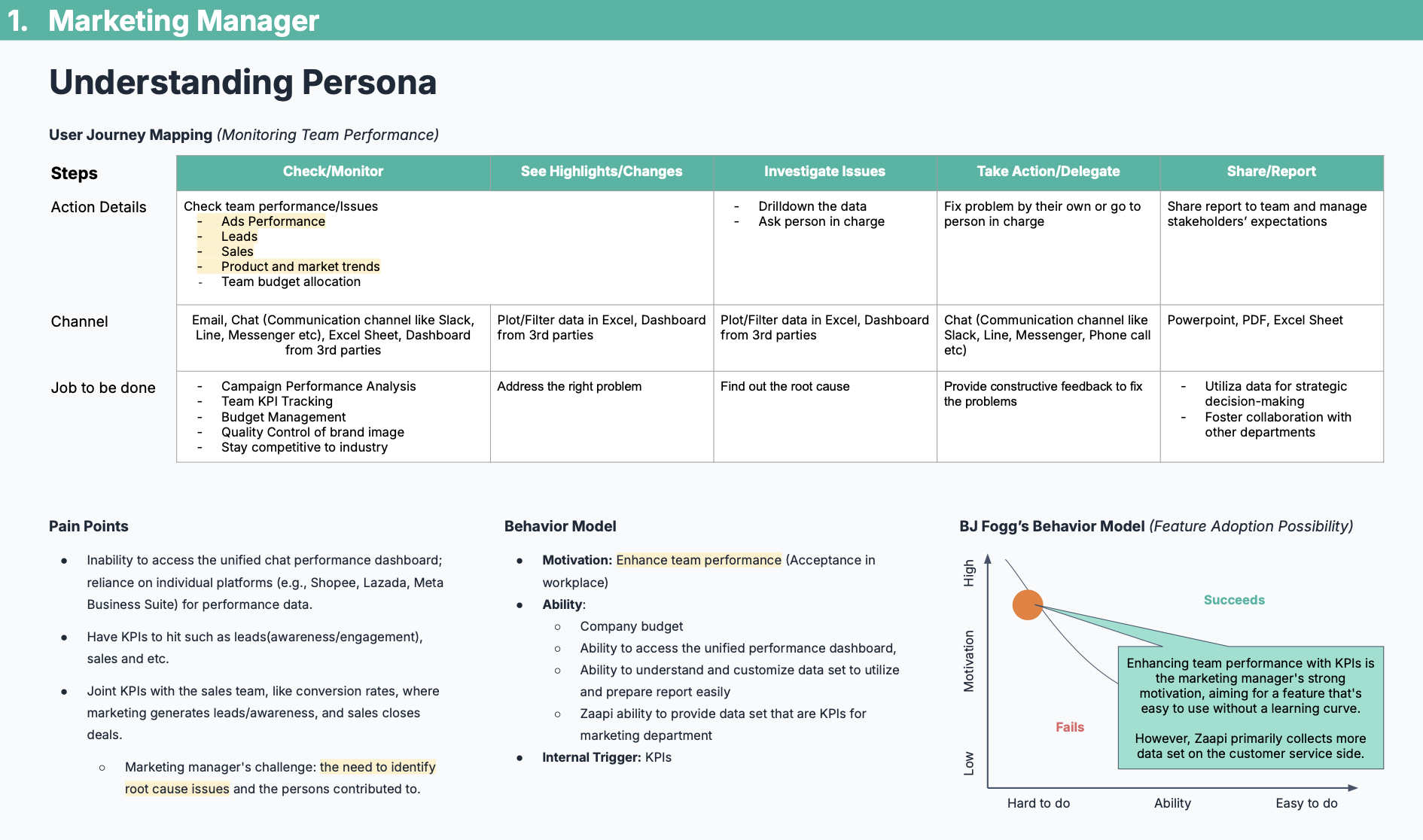

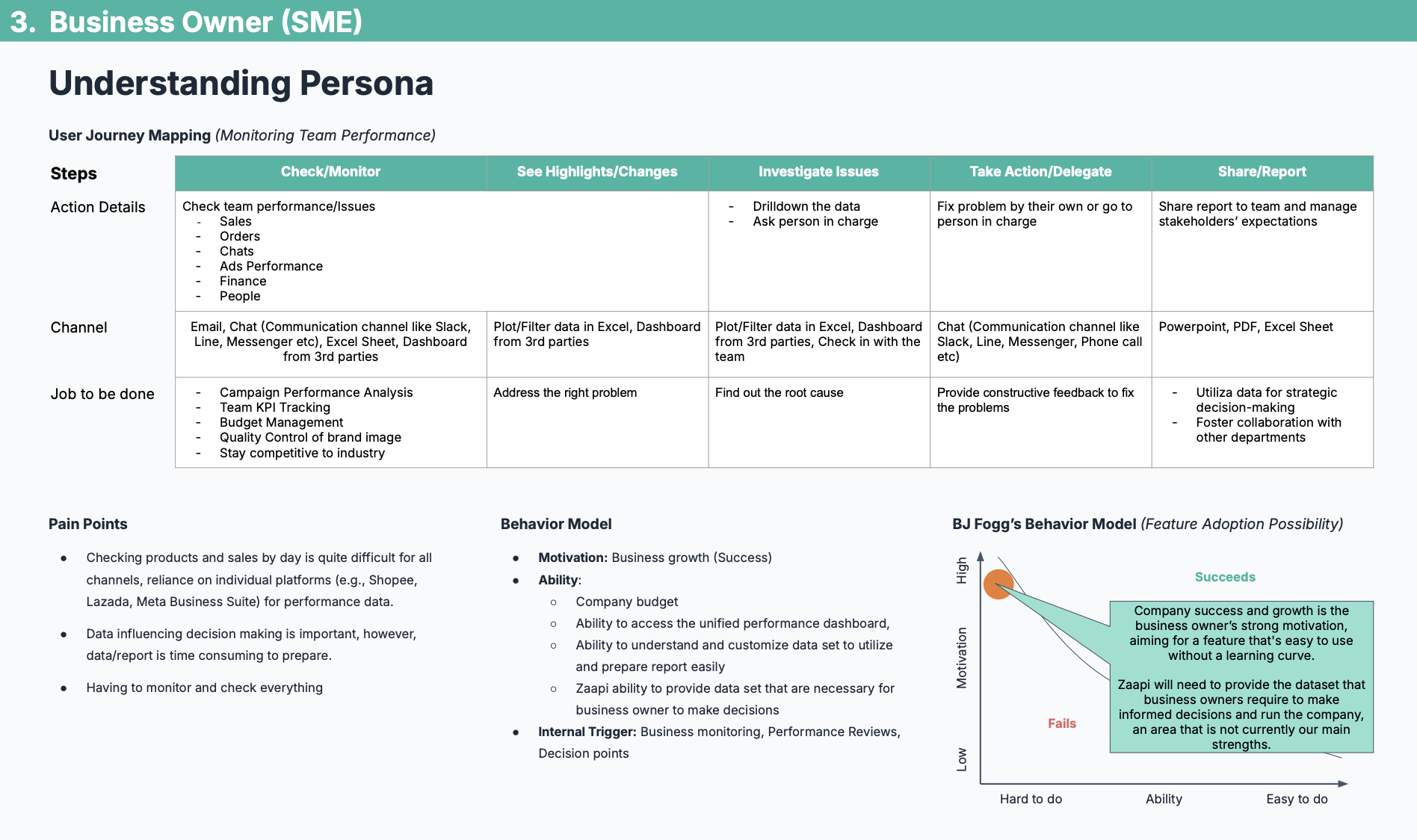
Before have only FB/IG/LINE/Shopee/Laz. Integrate with Tiktok shop (TH) and WhatsApp (international)
Website and branding revamp
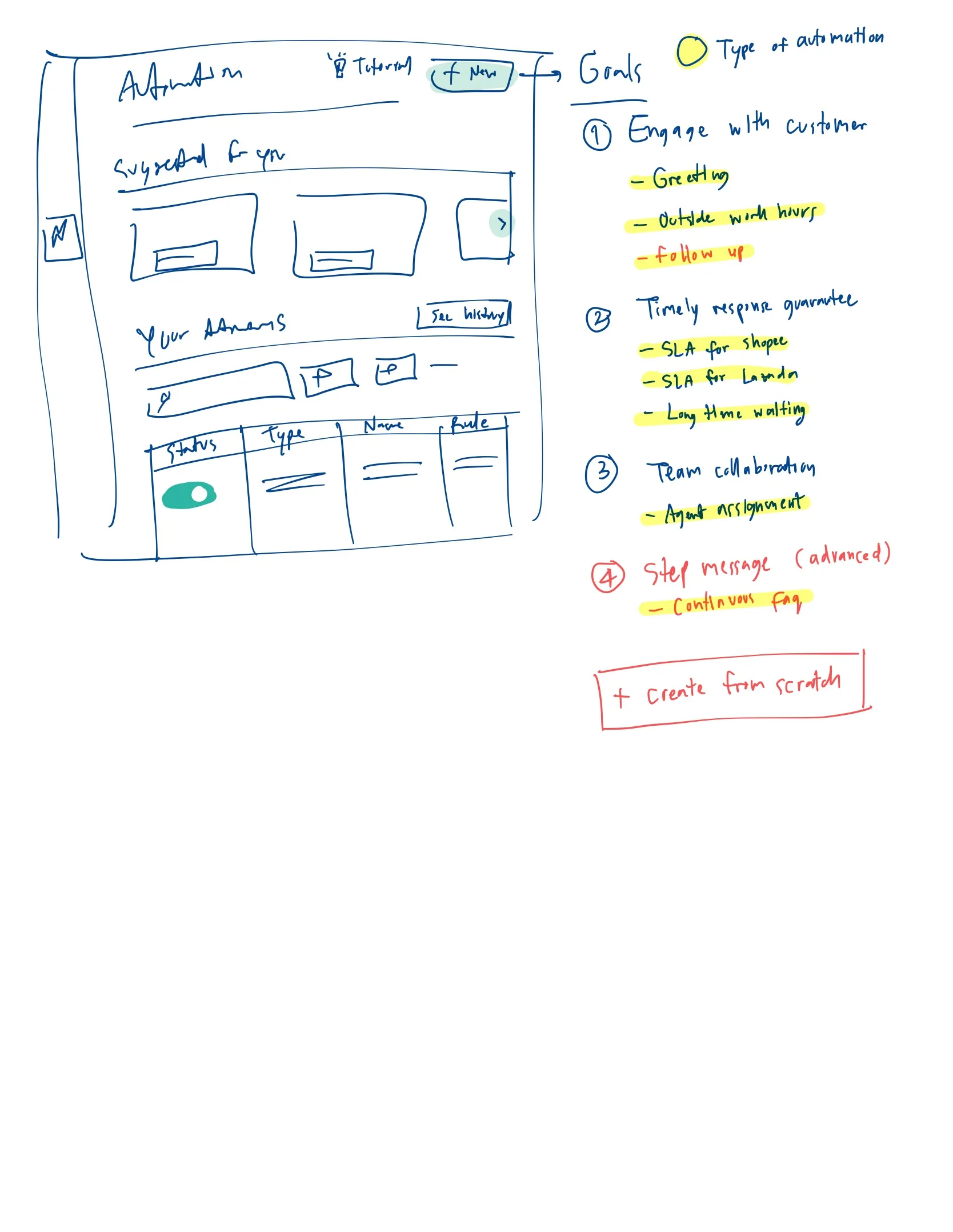
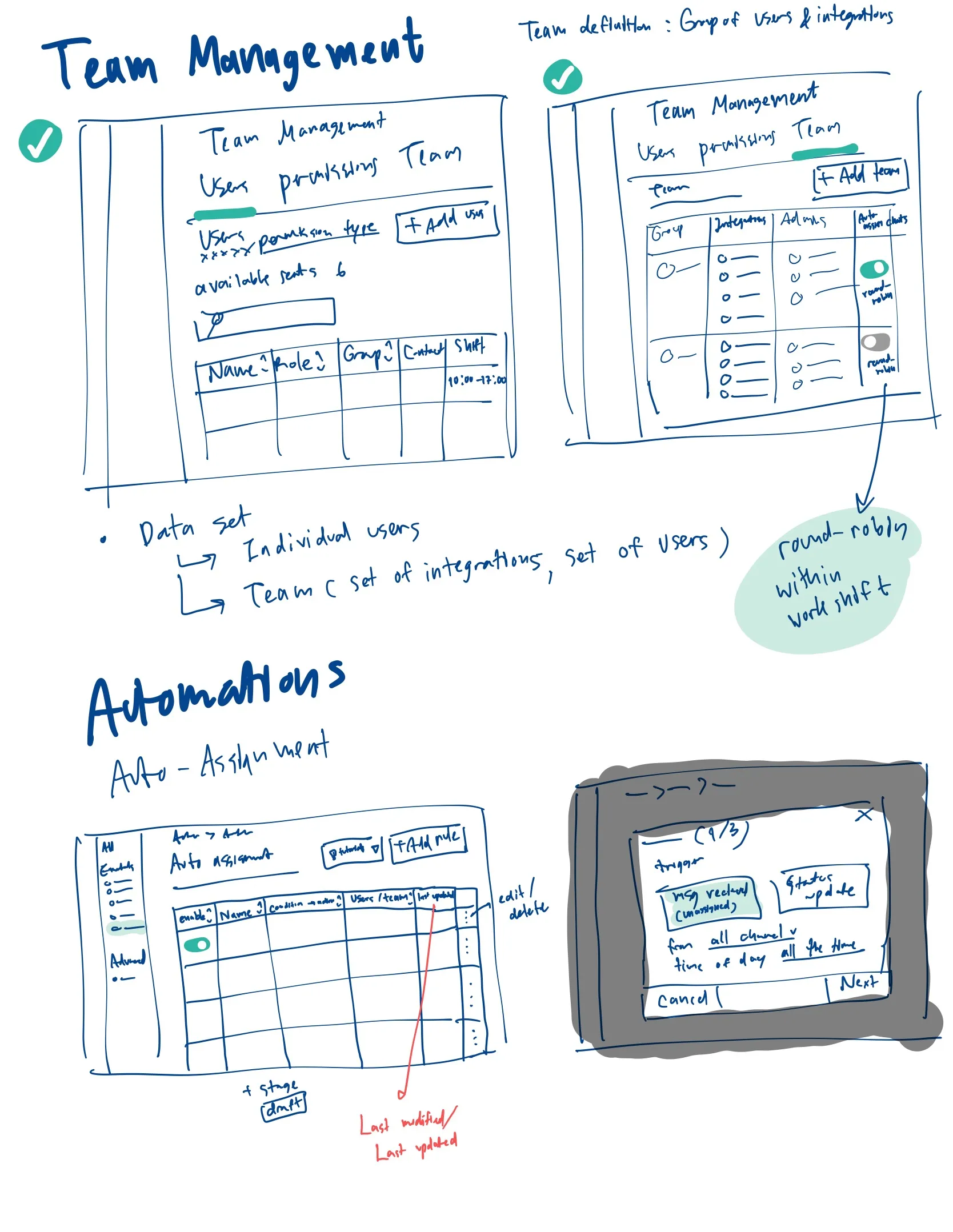
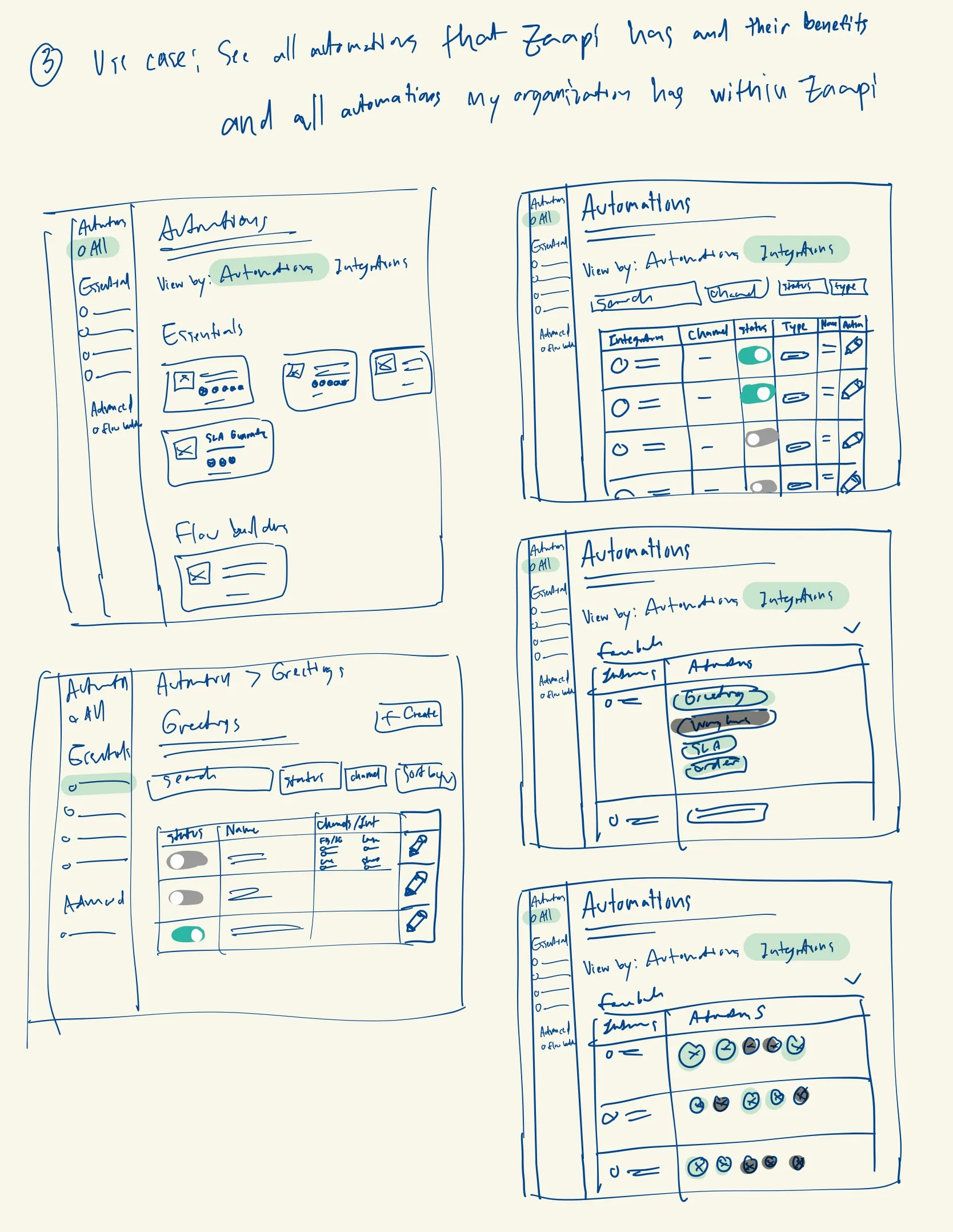
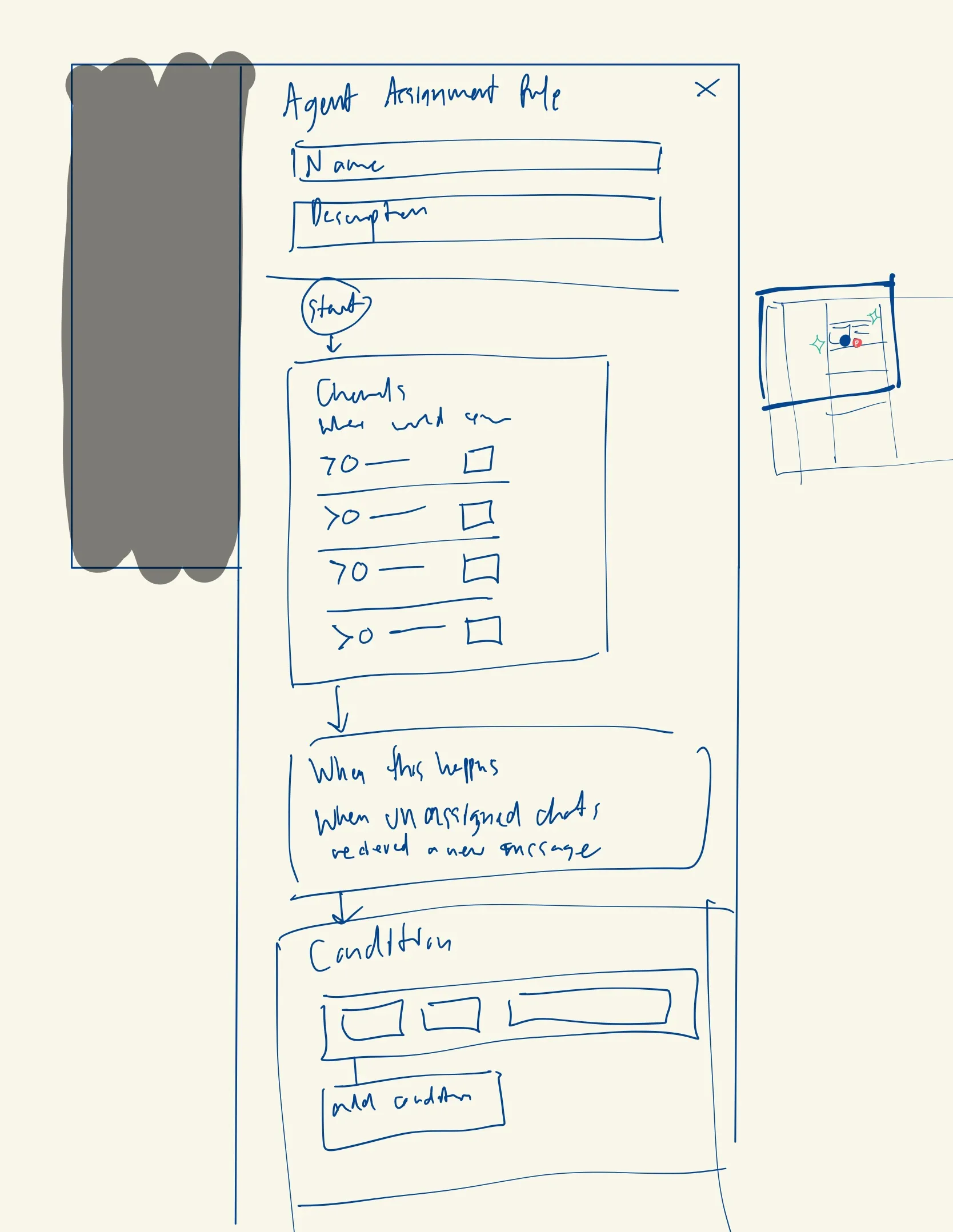

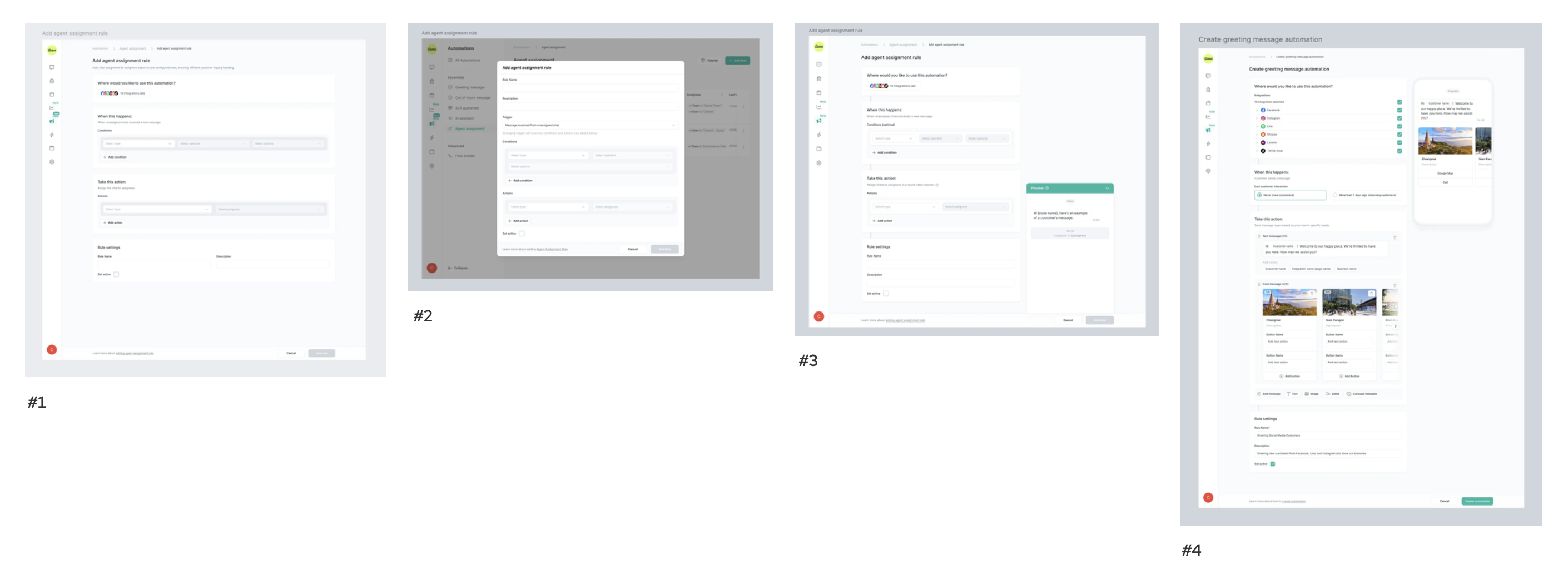
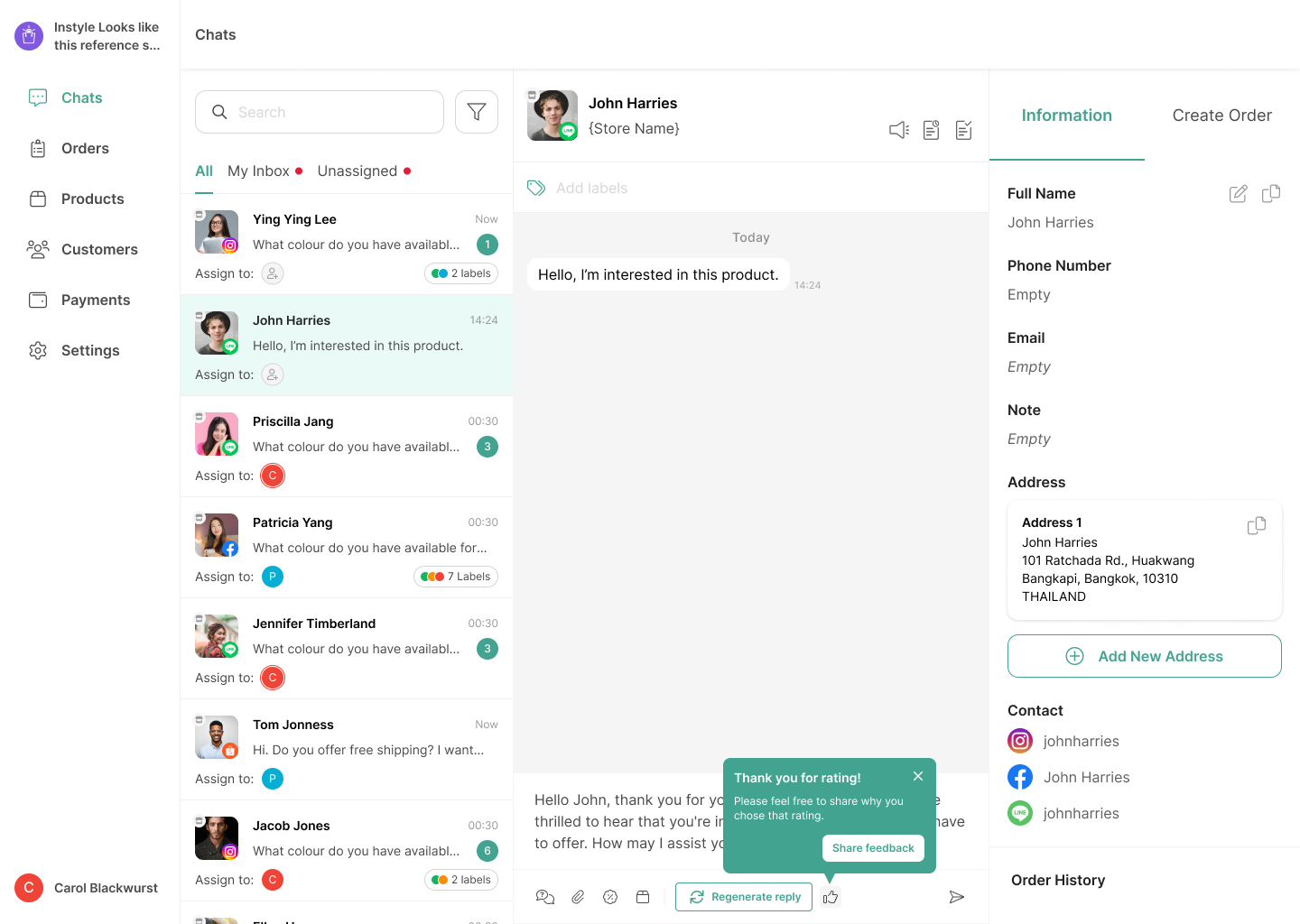

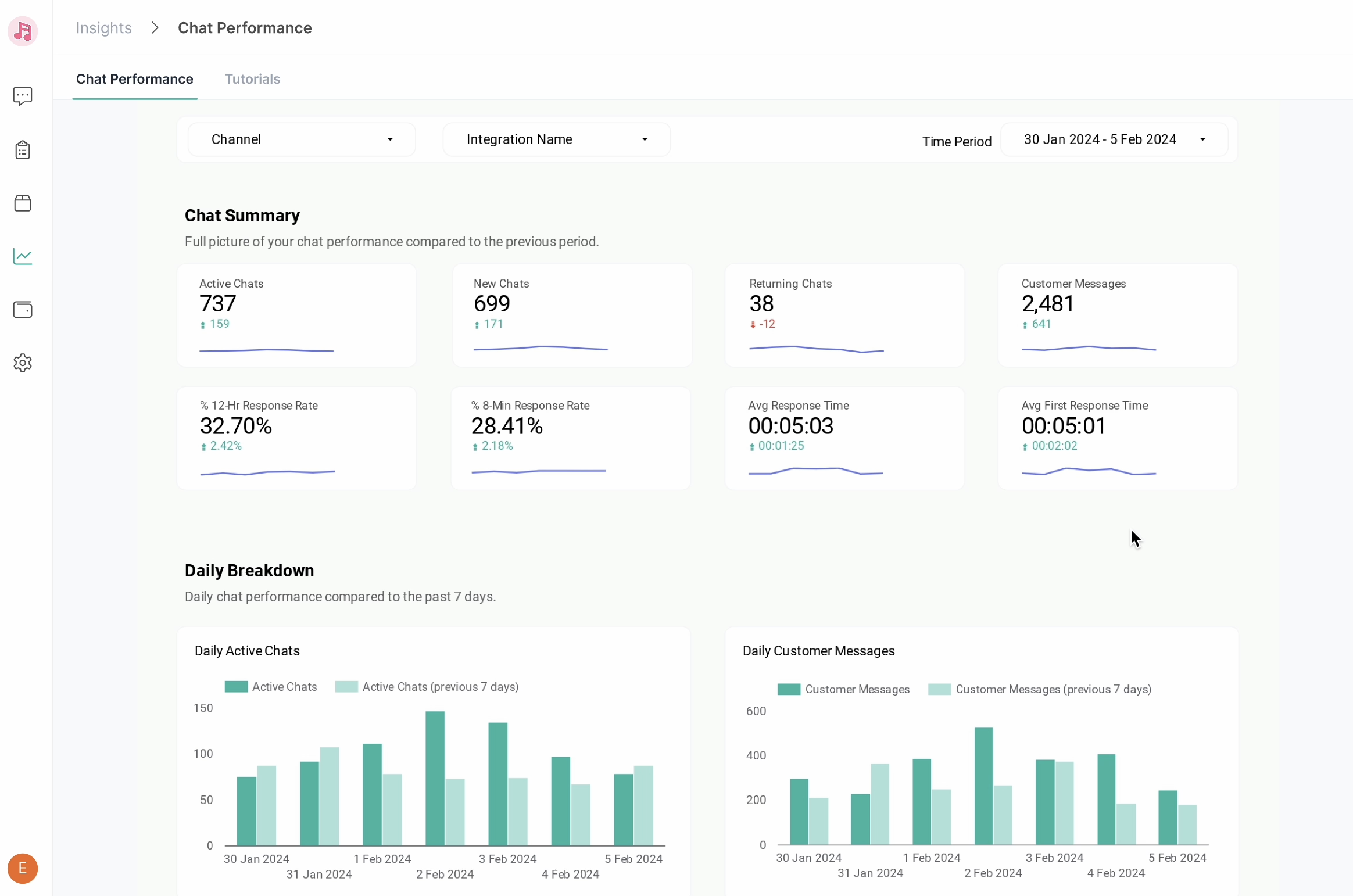

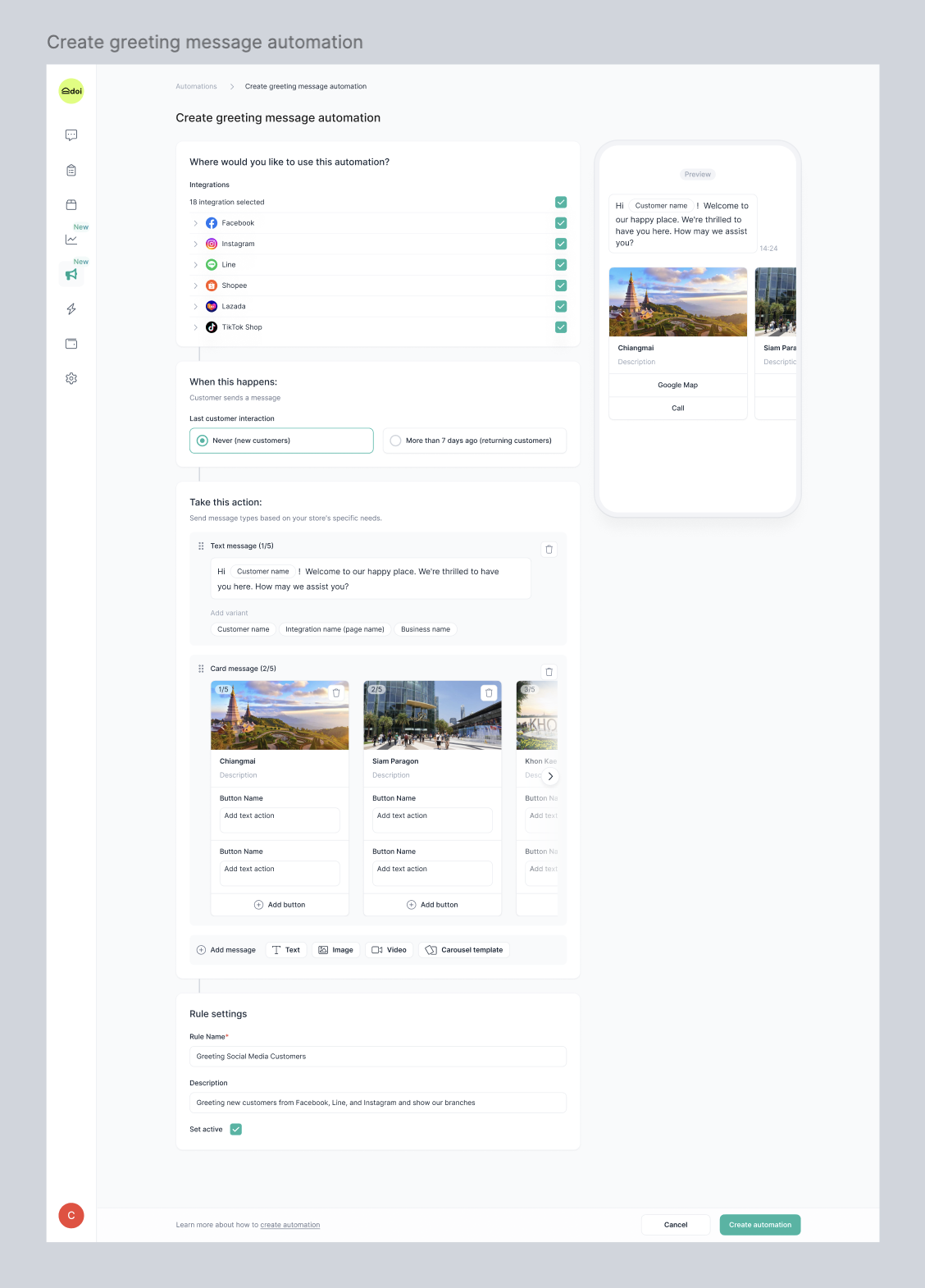

Updating the send button from icon-only to an outlined icon + label drove a 200% jump in AI feature clicks in a single day.
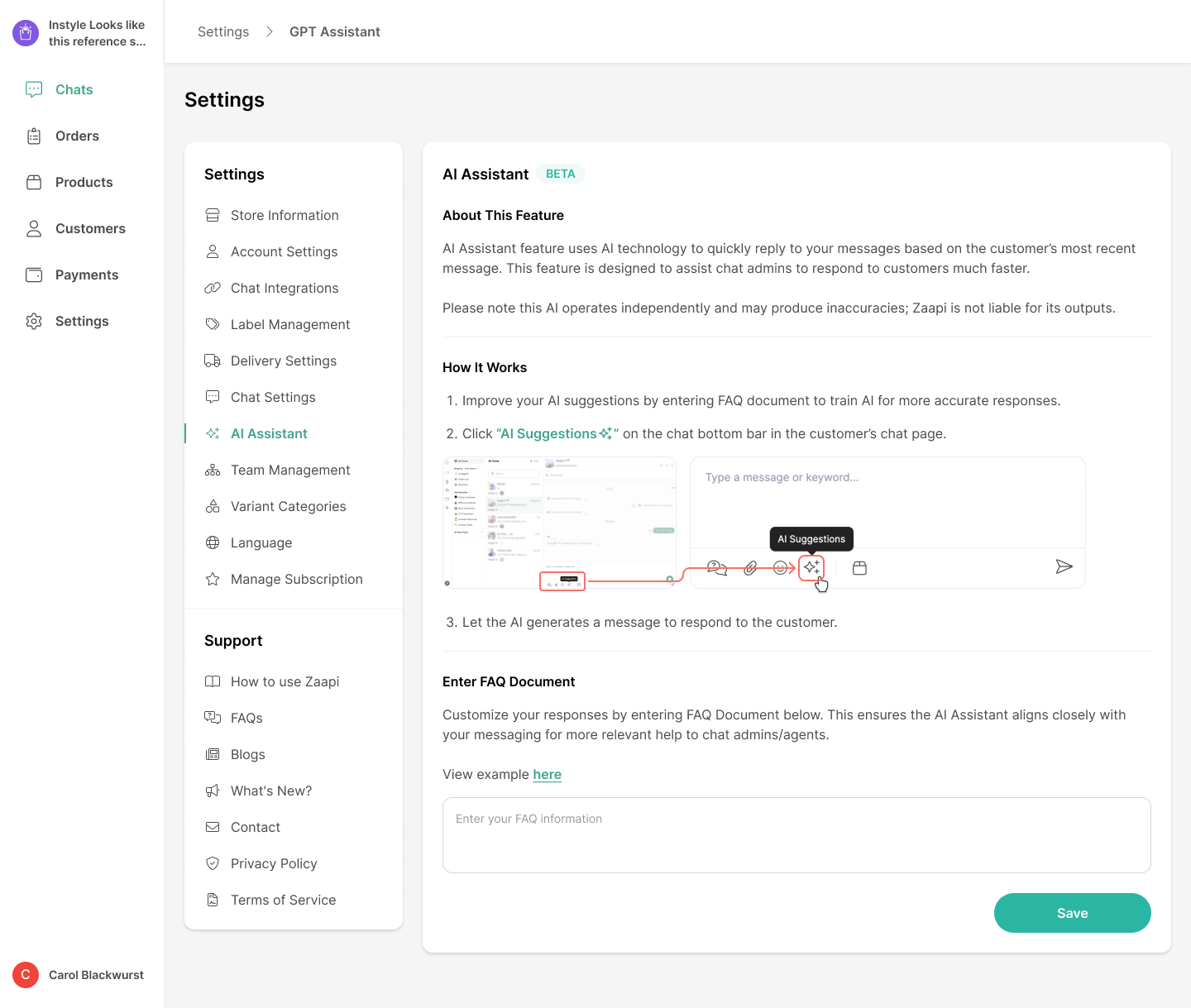
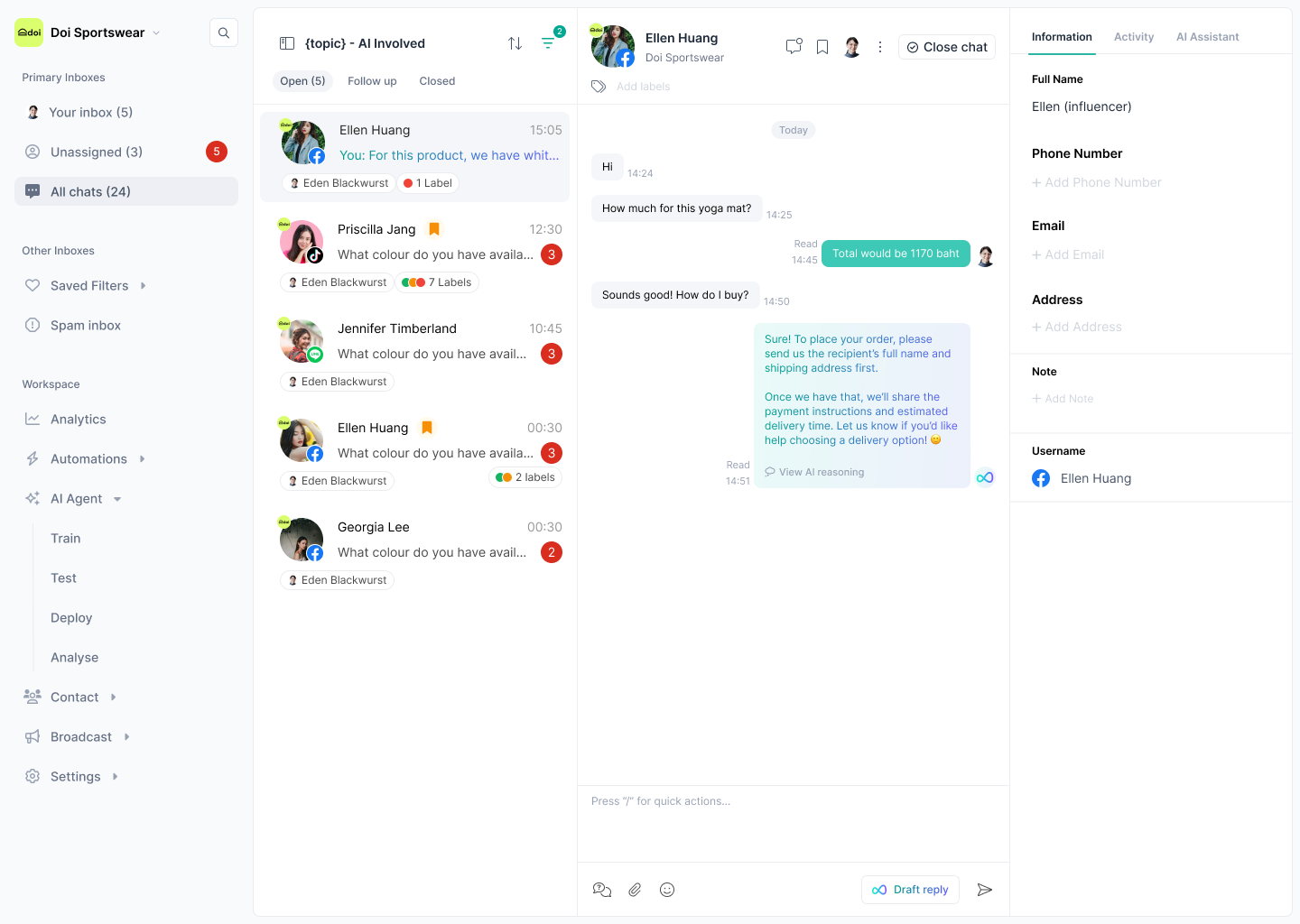
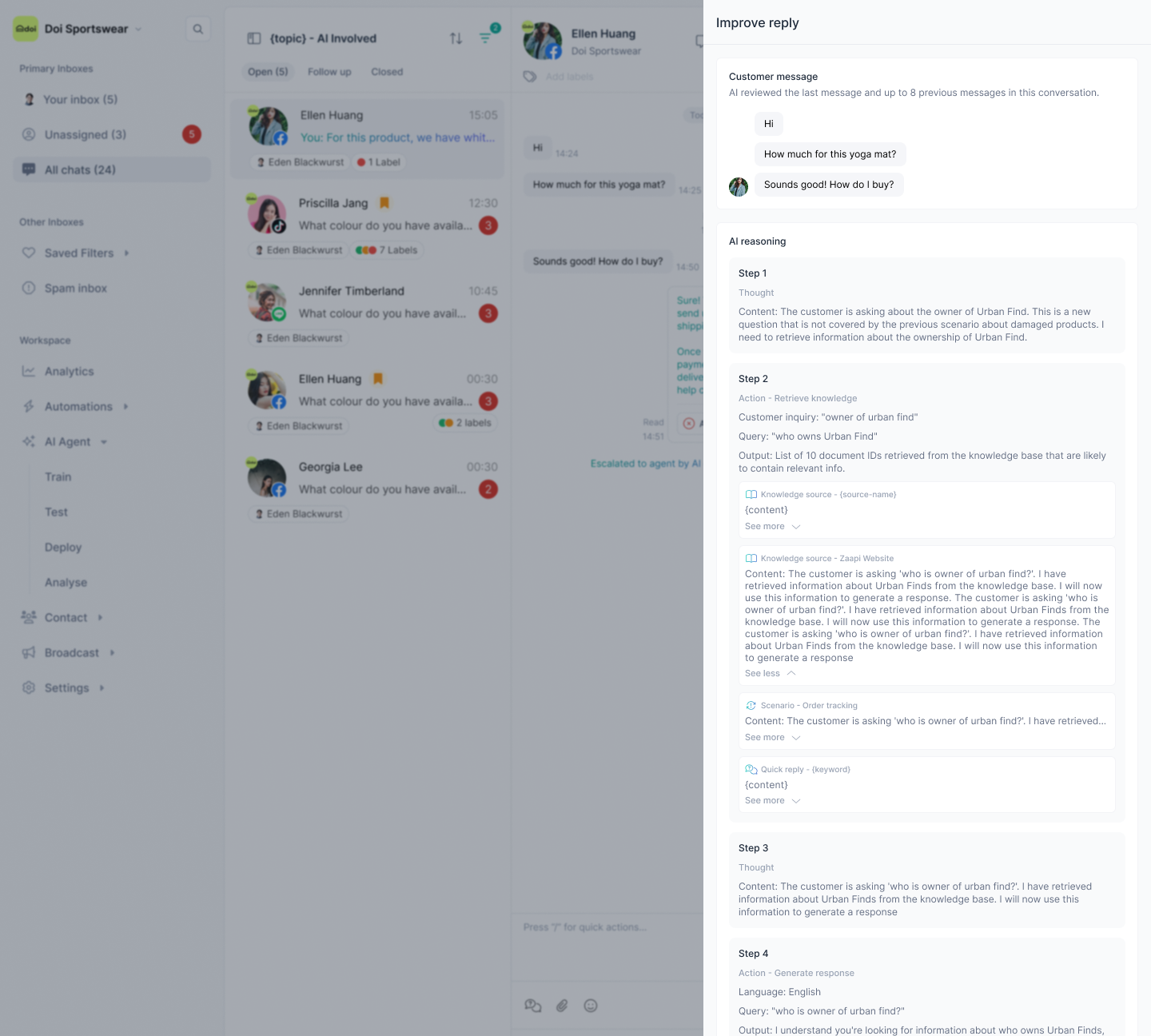
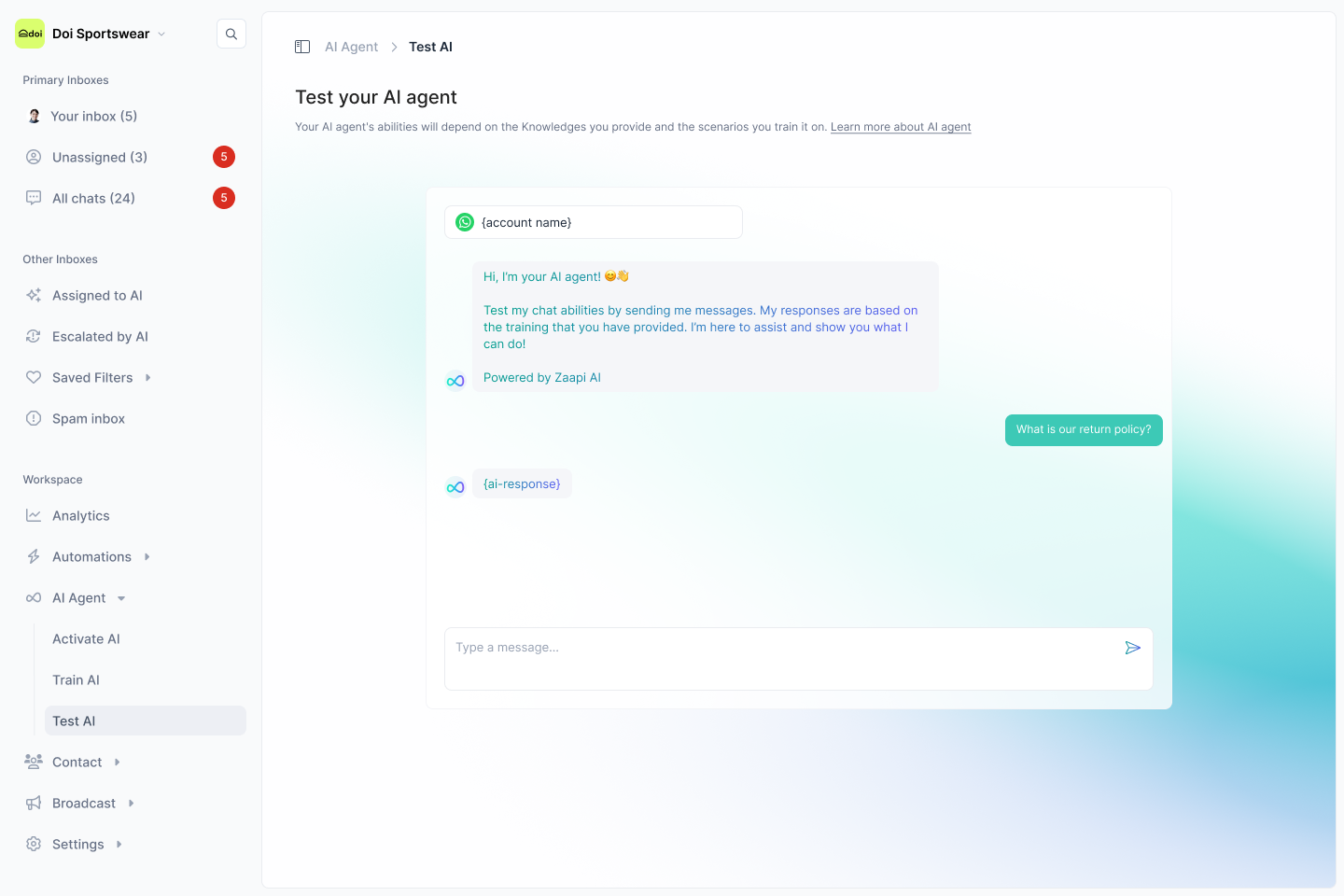
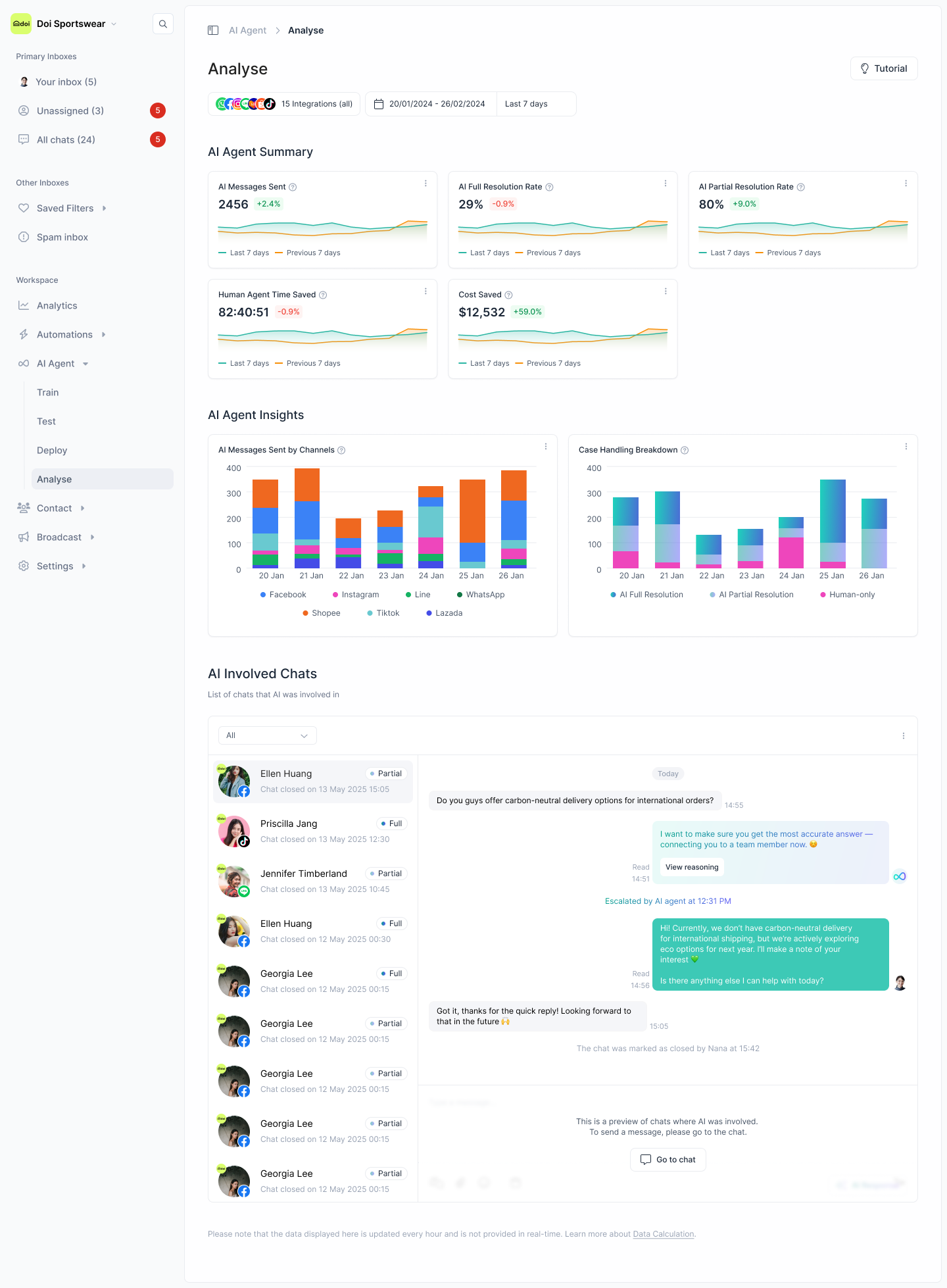
From local looking app, big and slow to international vibe, lite app


Make sure we have a clear idea of these questions:



Working at a startup has never been this exciting! Building something from scratch with our own hands and diving into the work is what makes the journey so rewarding. Even with our diverse cultural backgrounds, we share the same goal—moving quickly, collaborating as a tight-knit team, and creating something truly impactful.
This approach is the secret sauce for staying resilient and thriving in a fast-paced startup environment.
Everyone is juggling responsibilities. Stay focused, do your best, and remember that not everyone will always agree with you—and that’s okay.
With limited resources, AI has been a game-changer, improving productivity and outcomes faster than I could’ve imagined. It’s one reason I’ve been able to thrive as a solo designer in the company!
Responsibility is the foundation for growth. Blame less, do more, and focus on what’s within your control. When you take ownership, you feel more productive and empowered, letting go of what you can’t control.


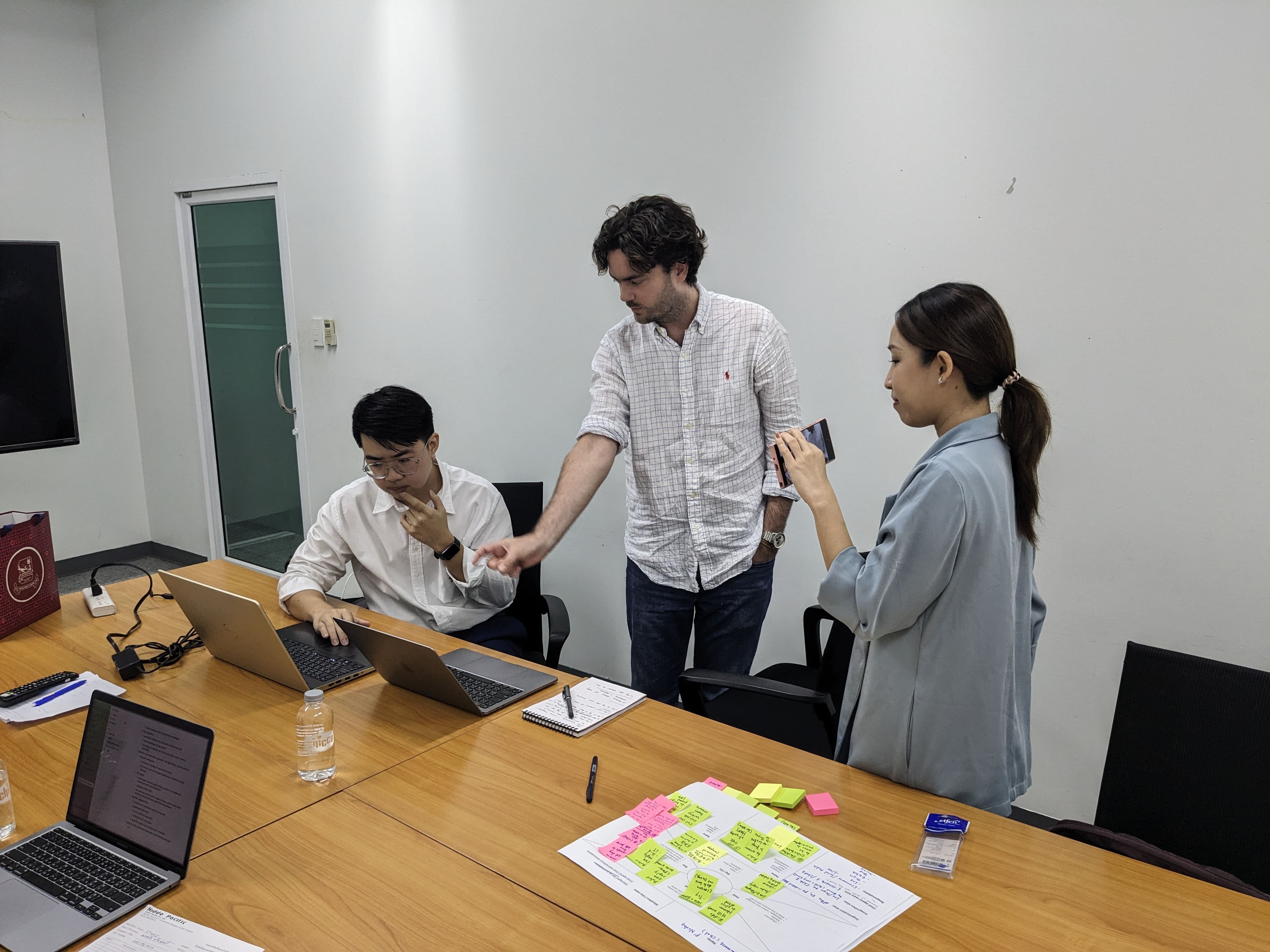

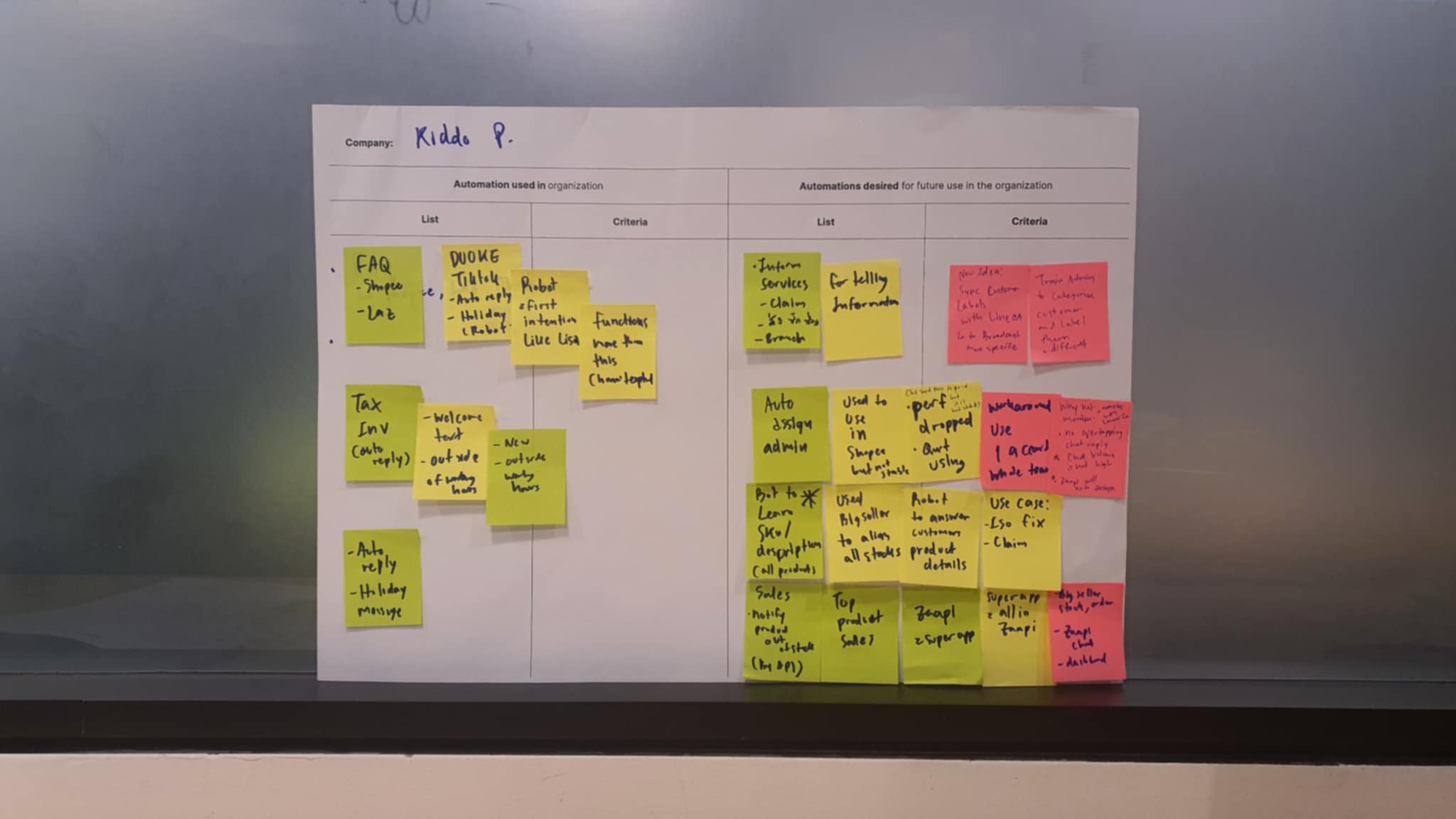
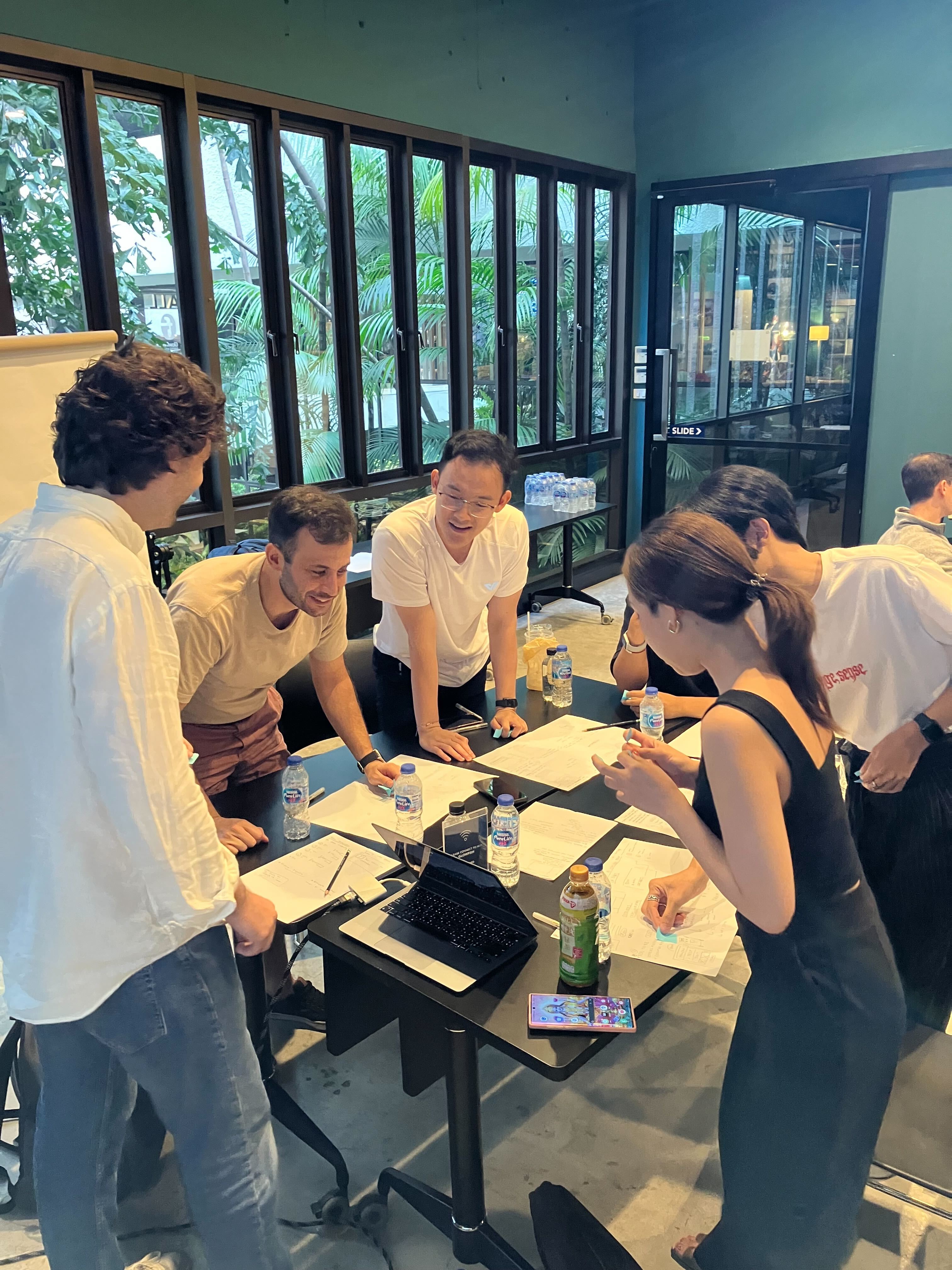
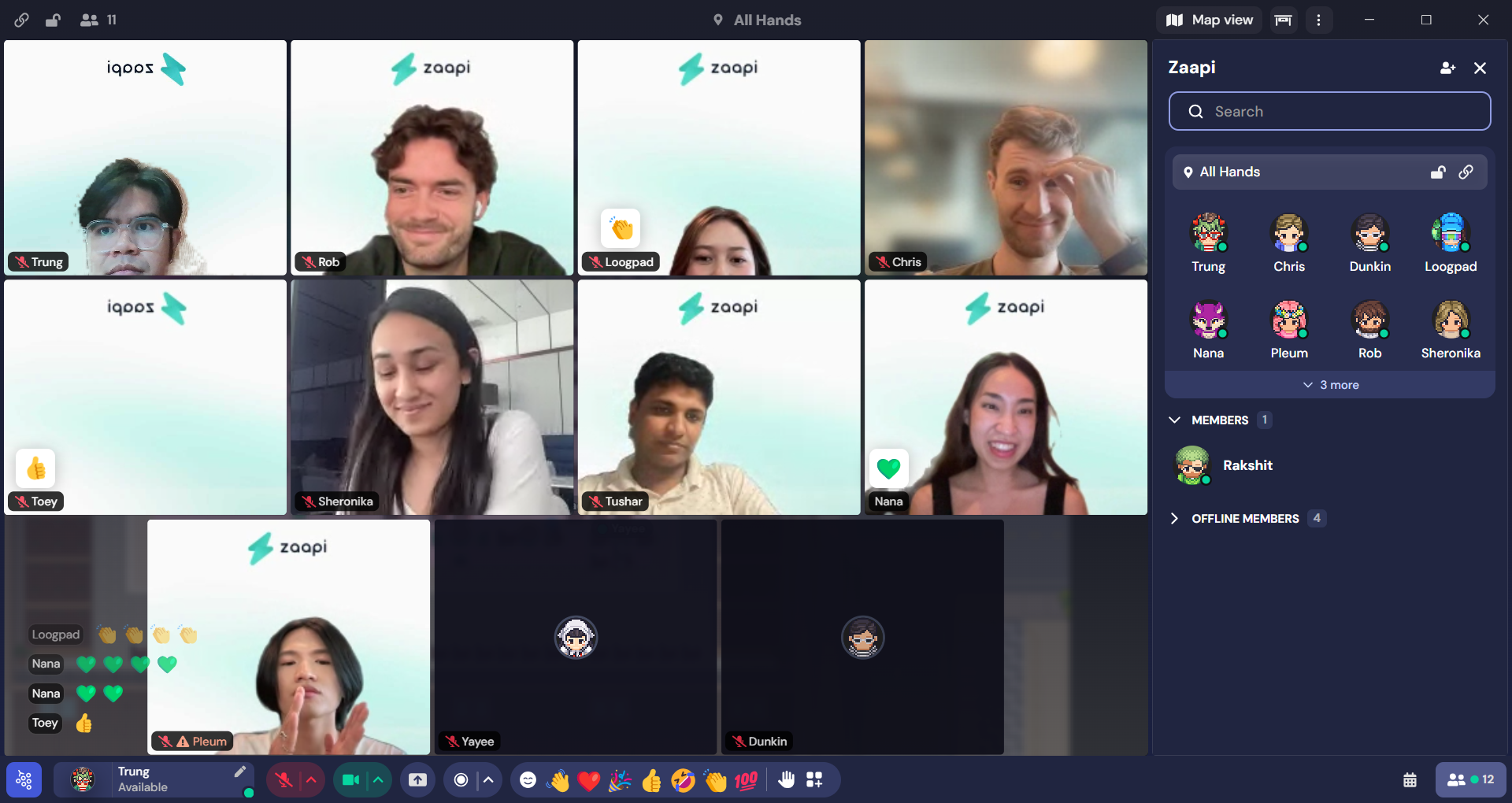
See at a glance what I can bring to your business and team.
Download my resume©2025 UX by Nana - Product Design Lead Specializing in User Experience Design. All rights reserved.